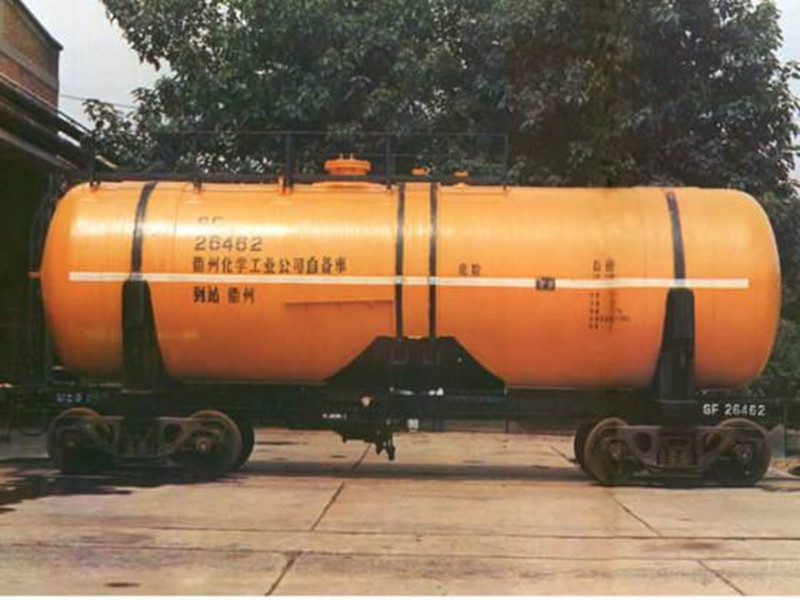
-
 Afrikaans
Afrikaans -
 Albanian
Albanian -
 Amharic
Amharic -
 Arabic
Arabic -
 Armenian
Armenian -
 Azerbaijani
Azerbaijani -
 Basque
Basque -
 Belarusian
Belarusian -
 Bengali
Bengali -
 Bosnian
Bosnian -
 Bulgarian
Bulgarian -
 Catalan
Catalan -
 Cebuano
Cebuano -
 China
China -
 China (Taiwan)
China (Taiwan) -
 Corsican
Corsican -
 Croatian
Croatian -
 Czech
Czech -
 Danish
Danish -
 Dutch
Dutch -
 English
English -
 Esperanto
Esperanto -
 Estonian
Estonian -
 Finnish
Finnish -
 French
French -
 Frisian
Frisian -
 Galician
Galician -
 Georgian
Georgian -
 German
German -
 Greek
Greek -
 Gujarati
Gujarati -
 Haitian Creole
Haitian Creole -
 hausa
hausa -
 hawaiian
hawaiian -
 Hebrew
Hebrew -
 Hindi
Hindi -
 Miao
Miao -
 Hungarian
Hungarian -
 Icelandic
Icelandic -
 igbo
igbo -
 Indonesian
Indonesian -
 irish
irish -
 Italian
Italian -
 Japanese
Japanese -
 Javanese
Javanese -
 Kannada
Kannada -
 kazakh
kazakh -
 Khmer
Khmer -
 Rwandese
Rwandese -
 Korean
Korean -
 Kurdish
Kurdish -
 Kyrgyz
Kyrgyz -
 Lao
Lao -
 Latin
Latin -
 Latvian
Latvian -
 Lithuanian
Lithuanian -
 Luxembourgish
Luxembourgish -
 Macedonian
Macedonian -
 Malgashi
Malgashi -
 Malay
Malay -
 Malayalam
Malayalam -
 Maltese
Maltese -
 Maori
Maori -
 Marathi
Marathi -
 Mongolian
Mongolian -
 Myanmar
Myanmar -
 Nepali
Nepali -
 Norwegian
Norwegian -
 Norwegian
Norwegian -
 Occitan
Occitan -
 Pashto
Pashto -
 Persian
Persian -
 Polish
Polish -
 Portuguese
Portuguese -
 Punjabi
Punjabi -
 Romanian
Romanian -
 Russian
Russian -
 Samoan
Samoan -
 Scottish Gaelic
Scottish Gaelic -
 Serbian
Serbian -
 Sesotho
Sesotho -
 Shona
Shona -
 Sindhi
Sindhi -
 Sinhala
Sinhala -
 Slovak
Slovak -
 Slovenian
Slovenian -
 Somali
Somali -
 Spanish
Spanish -
 Sundanese
Sundanese -
 Swahili
Swahili -
 Swedish
Swedish -
 Tagalog
Tagalog -
 Tajik
Tajik -
 Tamil
Tamil -
 Tatar
Tatar -
 Telugu
Telugu -
 Thai
Thai -
 Turkish
Turkish -
 Turkmen
Turkmen -
 Ukrainian
Ukrainian -
 Urdu
Urdu -
 Uighur
Uighur -
 Uzbek
Uzbek -
 Vietnamese
Vietnamese -
 Welsh
Welsh -
 Bantu
Bantu -
 Yiddish
Yiddish -
 Yoruba
Yoruba -
 Zulu
Zulu
grp mining equipment
The Future of GRP Mining Equipment Innovations and Applications
The mining industry has long been a cornerstone of economic development, providing essential materials for construction, manufacturing, and energy production. Recently, the emergence of Glass Reinforced Plastic (GRP) has revolutionized mining equipment design and application, allowing for more efficient, durable, and environmentally friendly solutions. In this article, we explore the significance of GRP in mining, its advantages, and its future trends.
Understanding GRP and Its Benefits
Glass Reinforced Plastic, also known as fiberglass, is a composite material made from a plastic matrix reinforced with glass fibers. This unique combination offers several advantages, making GRP an excellent choice for mining equipment. Its lightweight nature reduces the overall weight of machinery, allowing for easier transportation and installation. Additionally, GRP exhibits exceptional strength and durability, enabling it to withstand harsh mining environments, including exposure to corrosive chemicals, extreme temperatures, and heavy loads.
One of the most significant benefits of GRP is its resistance to corrosion. Traditional materials like steel and iron are often vulnerable to rust and degradation when exposed to moisture and various chemicals found in mining operations. GRP, on the other hand, does not rust and can last considerably longer, reducing maintenance costs and downtime for equipment repair. Furthermore, its non-conductive properties provide an added layer of safety in environments where electricity poses a risk.
Applications of GRP in the Mining Industry
GRP is finding increasing application across various aspects of mining operations. One of the most notable uses is in the production of tanks and pipelines for transporting corrosive substances, such as acids used in mineral processing. The lightweight nature of GRP makes installation easier while lowering the logistical costs associated with heavy metal alternatives.
grp mining equipment

Additionally, GRP is being used in the manufacture of structural components, such as grating, railings, and stairs. These components are crucial for maintaining safety in mines, where slip and fall accidents are common. The slip-resistant surface of GRP grating enhances worker safety while ensuring optimal drainage, a vital aspect in managing waterlogged mining sites.
Dust suppression systems are another area where GRP shines. As dust is a significant concern in mining, efficient suppression systems made from GRP can help control airborne particles, promoting better air quality and reducing health risks for workers. These systems can be easily customized and installed, further demonstrating the adaptability of GRP in meeting specific mining requirements.
The Future of GRP Mining Equipment
As the mining industry continues to evolve, the demand for innovative materials like GRP will likely grow. Future trends indicate a move towards more sustainable practices in mining operations. GRP's recyclability and lower environmental footprint position it as a favored material in this transition. Companies are increasingly looking to reduce their carbon emissions and waste generation, and the use of GRP can significantly contribute to these efforts.
Moreover, advancements in manufacturing technologies, such as 3D printing and automated production processes, are expected to enhance the capabilities of GRP mining equipment. These innovations could lead to more customized solutions tailored to specific mining conditions, improving efficiency and productivity.
Conclusion
The integration of Glass Reinforced Plastic in mining equipment signifies a pivotal shift towards more efficient and sustainable practices within the industry. Its unique properties, including corrosion resistance, lightweight design, and longevity, make it an ideal choice for various applications. As the mining sector moves towards modernization and sustainability, GRP will undoubtedly play an integral role in shaping the future. Embracing this innovative material not only complements operational needs but also aligns with the growing emphasis on environmental responsibility, ultimately paving the way for a greener and more efficient mining industry.









